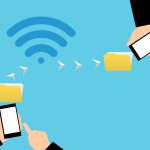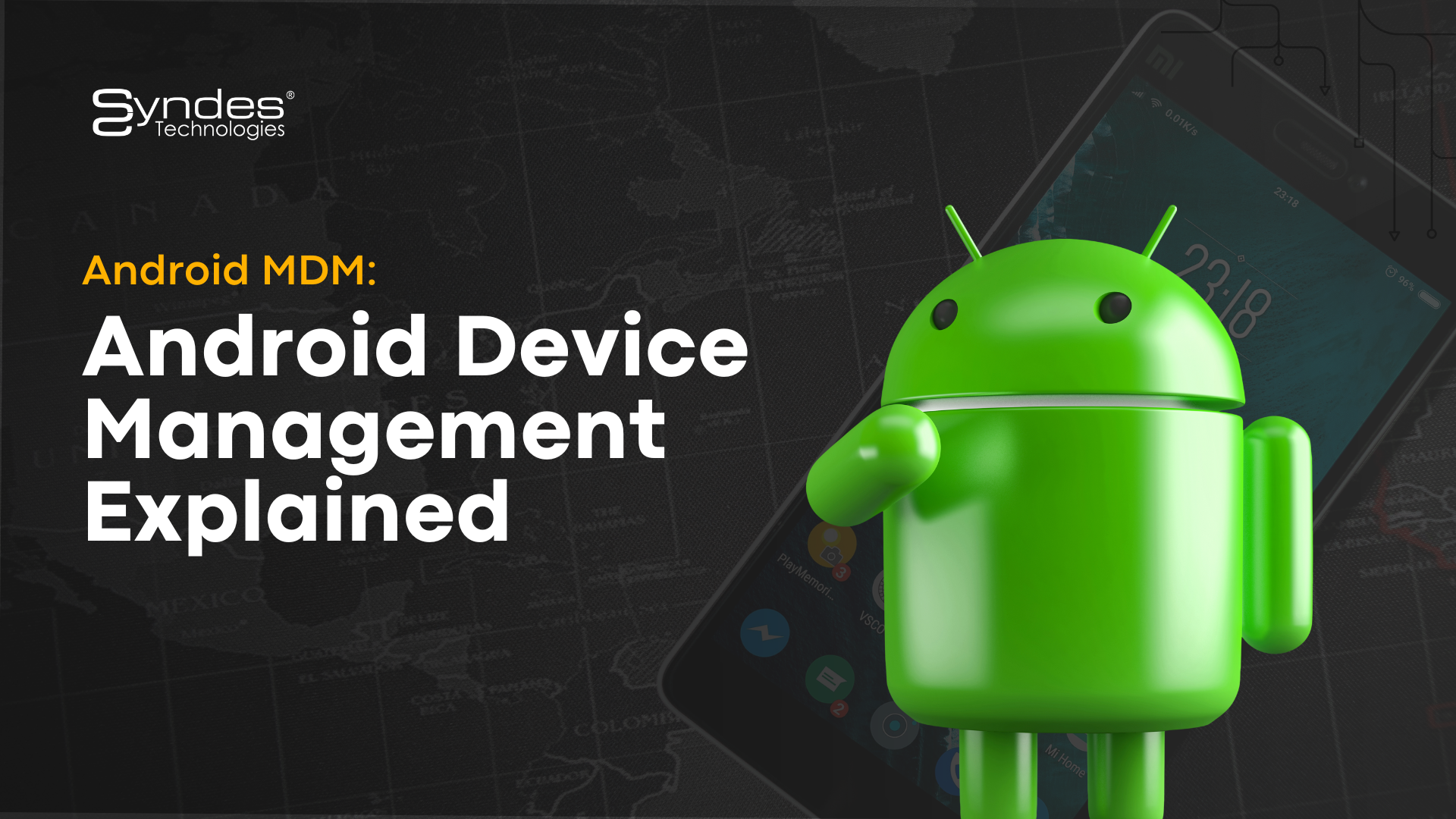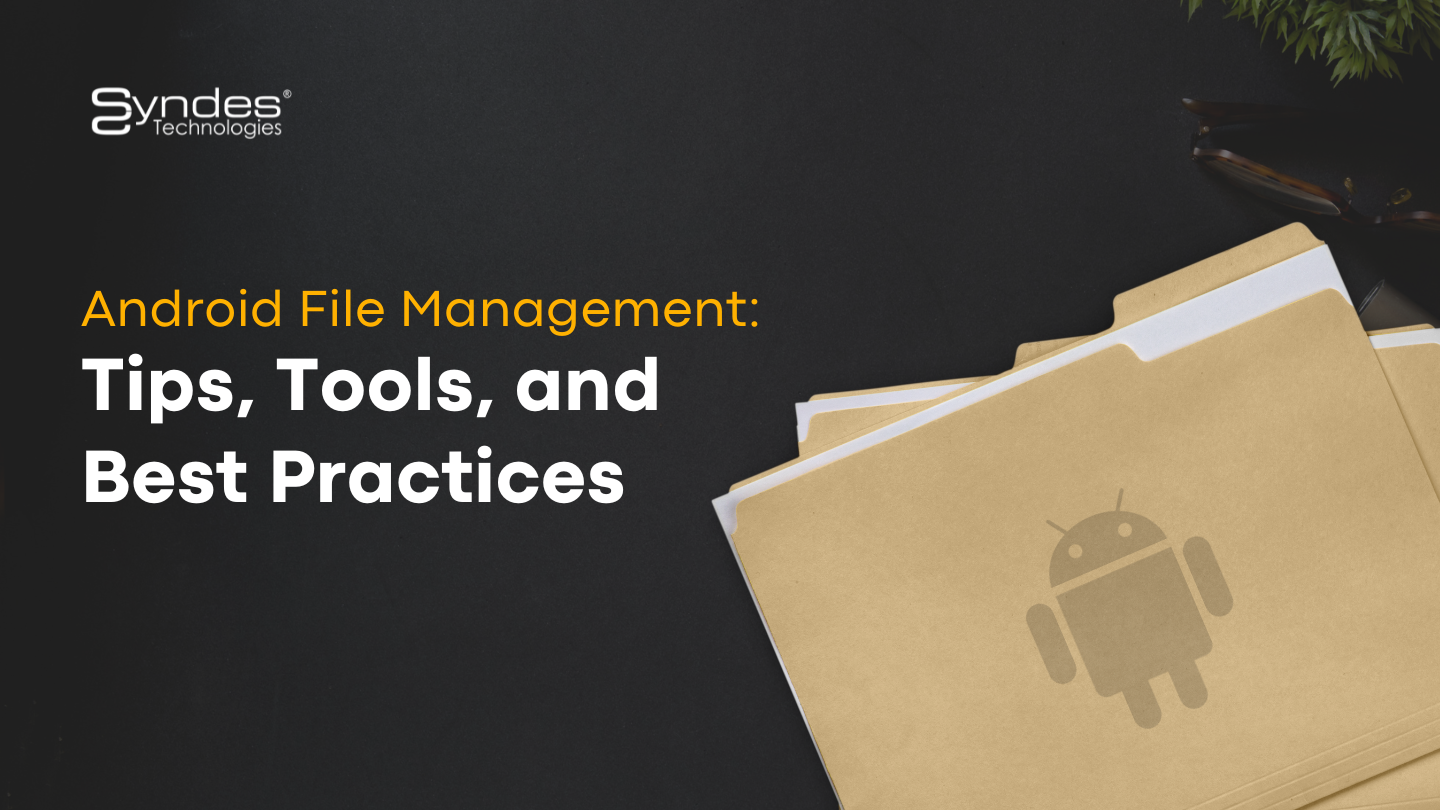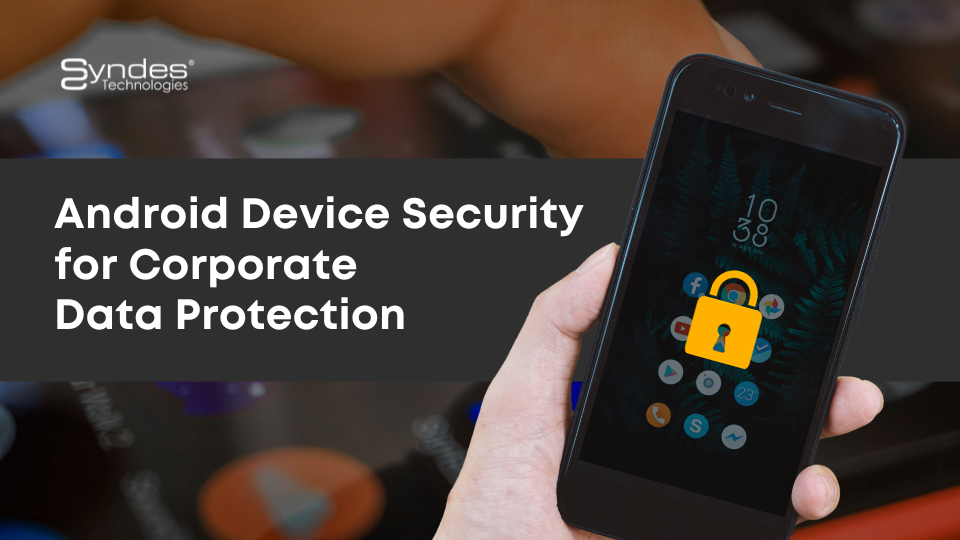BYOD in Healthcare: Benefits, Challenges, Solutions
BYOD in Healthcare has made inroads into healthcare and this has proven to be impactful and effectual to drive better processes in the healthcare industry. Health-care facilities and hospitals are rapidly moving towards digital transformation owing to testified benefits of BYOD. Technology has been aiding better healthcare through Electronic Health Records (EHR’s), Personal Health Records (PHR’s), telehealth devices, remote monitoring technologies, and mobile health (mHealth) applications. Mobile technology and device policies like Healthcare BYOD have further helped in accessing real-time information and performing prompt actions.
The desktop computers used in healthcare earlier were confined to particular rooms and could be accessed only by a certain set of the workforce. Thus, tablets were introduced for doctors and healthcare executives to make notes, keep records while securely accessing the necessary patient information like medical history about diagnosis, and on-going treatments. Alternatively, BYOD programs in healthcare were introduced implicitly with the rising surge of Mobile Technology and its usage. Mobile devices help physicians and nurses to make informed decisions delivering better healthcare services and specifically if the devices were personally owned by healthcare staff and allowed to bring for work as part of a Healthcare BYOD program.
Why BYOD in Healthcare Gained Significance
Using hospitals-owned devices incurred some challenges
- Cost of distributing these devices to the entire workforce
- Sharing the devices between multiple resources, e.g. two physicians working in different shifts
- Inability to access patient data outside of hospital premises. E.g. to seek expert medical opinions from specialists or to keep track of the patient’s improvement.
Thus, emerged the need to embrace BYOD.
BYOD in Healthcare: Why the need to use personal devices?
Just like any other workforce, the medical staff including doctors, physicians, nurses, and other healthcare workers have adopted technology into their day-to-day lives. According to the Journal of Mobile Technology in Medicine, more than 91% of healthcare professionals own a mobile phone and 87% of them use it during clinical practice.
Lack of availability and mobility of hospital-owned devices led to the use of personal mobile devices for work by healthcare workers. For instance, instead of waiting for a hospital-owned device to be available, nurses ordered tests or described a patient’s progress over SMS on their personal mobile device. This led to the risk of Shadow IT.
Hospitals embracing BYOD as a policy could witness the following benefits:
- Alleviate the dependency on hospital-owned devices
- Use a device that the medical staff were familiar with
- Establish 24-hour connectivity
- Take quicker and better decisions and actions
- Improve the quality of service
A survey by Dell suggested that BYOD has led to a productivity upsurge of around 74%. Adapting to BYOD has resulted in improvement in communication, workflows and other clinical applications.
This serves as a double advantage to the healthcare organizations. They can cut down on the infrastructural cost to deliver these devices. Also, since most people are observed to have the latest phones, the cost of upgrading the devices is nullified.
BYOD in Healthcare: Challenges
- Security
A typical BYO device at a hospital can contain information about patient’s medical history, current condition, medications, and treatment, lab test data as well as radiology images. The employees access this data often, to maintain smooth treatment or to gather an expert opinion. The data is susceptible to malware attacks and phishing scams.
- Misuse of facility network
BYOD can place a substantial load on the facility’s network. All the devices need to have uninterrupted access to the internet, to access patient files and communicate within the staff real-time. A large number of devices requiring wireless network can further overwhelm the facility network. The network is also vulnerable to attacks from third-party apps that are downloaded on the employee’s device.
- Legislative consequences
All the patient sensitive data on the device of a healthcare employee is susceptible to misuse if a mobile device is stolen or lost. For example, in the United States, patient data is termed under Protected health information (PHI). A data breach on a BYO device potentially violates the HIPAA- Health Insurance Portability and Accountability Act.
- Device fragmentation
Deploying apps on a variety of individual devices that employees bring to work can be an IT hassle. The specific apps need to be assessed for device compatibility. These apps also need to be centrally deployed as opposed to individual deployment on devices at a large medical facility.
To eliminate the potential risks and curb these BYOD challenges in healthcare, implementing a strong for BYOD policy can prove helpful.
Healthcare BYOD Policies: How to begin
Create a formal, written BYOD policy that needs to be agreed on by all the staff making use of BYOD. It should clearly state the obligations on employees, related to security and privacy breach. Opt for a strong MDM to enforce these policies on the BYO devices.
An ideal BYOD Healthcare MDM should:
- Enforce organization policies like encryption, passcodes and data wipe in case the device is lost or stolen.
- Mitigate the IT efforts by deploying specific apps to all devices
- Containerize personal and professional data to maintain employee privacy
- Manage devices to comply with the legislative policies
- Control usage of third-party apps on the facility and network
- Provide an uninterrupted communication channel between the staff
Use of BYOD in hospitals comes with its own set of challenges that can be effectively nullified by integrating a powerful MDM solution. Implementing a strong BYOD policy can result in better healthcare service, round-the-clock connectivity between patients and medical staff and less turn-around time in decision making. MDM can help hospitals and healthcare institutions to remotely manage their BYO devices by enforcing comprehensive policies, ensuring user privacy as well as corporate data security.




